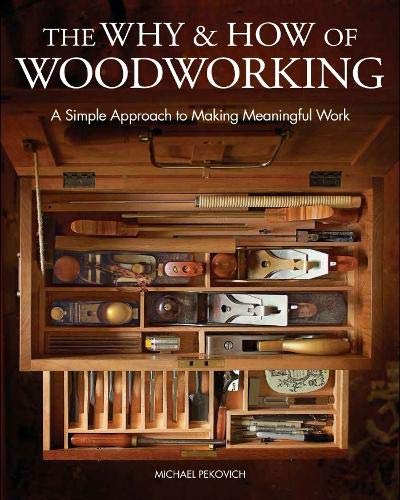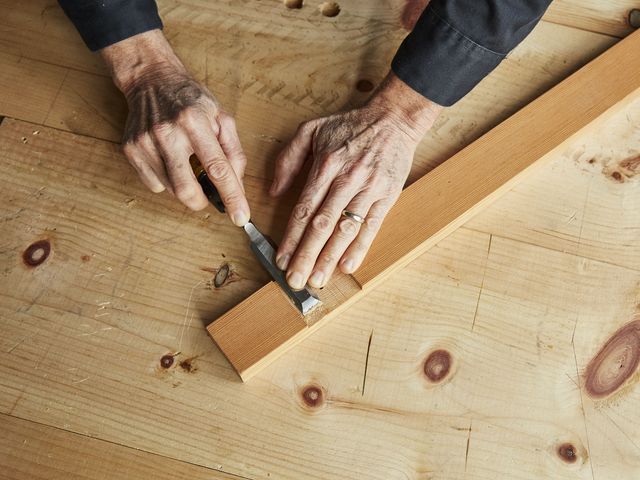
This article covers the different problems you might encounter when cutting curves with a bandsaw. Learn about the types of bandsaw blades and how to tension them. This article will teach you how to use a bandsaw to cut curves. This is an excellent tool to have in your workshop. Continue reading to learn the safest and most effective ways to use a chainsaw.
Problems cutting curves on a bandsaw
If you're having difficulty cutting curves on a bandsaw, it is important to learn how to feed the wood into the saw. You can only rotate the workpiece and cause damage to the blade by twisting it. This is similar to turning the steering wheel but you will not get out of your parking spot. To allow the blade to curve, push the piece forward.
There are several reasons bandsaws might stop cutting straight. Proper blades, proper attachments and lubricant can resolve these problems. These simple fixes will help you avoid costly repairs. However, if the problem persists, you may need to replace the bandsaw altogether. There are simple solutions available to common bandsaw problems.

Safety precautions
A bandsaw is useful for cutting wood in complex shapes. The blades are made to make perfect cuts even on the curves and shapes of wooden blocks. To minimize injury, bandsaws can be very effective. However, safety guidelines should be followed. This guideline will allow you to safely cut curves using your bandsaw. Use a bandsaw safely by following these safety tips.
Make sure you use the right lighting when operating your bandsaw. Keep your eyes fixed on the bandsaw and try to avoid distractions. You should never engage in horseplay while operating a band saw. Never leave the machine running until the job is done. Remember to clean up your cut material and take out any debris. In addition, be sure to lock the blade out. In an emergency, it is important to immediately shut off the power source.
There are many types of bandsaw blades
The main types of bandsaw knives are made from three materials: carbon steel (alloy steel), high-speed metal, and steel. Carbon steel blades are designed for softer metals, while alloy steel blades are designed for harder metals. Both carbon steel and high-speed steel blades are designed for a variety of applications, including cutting curves and angles. Bi-metal knives are ideal for mixed metal materials. They can be used for flat stock as well as pipes. Bi-metal blades consist of two metals joined to a flexible backing. They have a life expectancy of three to five year.
All-purpose saw blades are best for cutting softer materials like plywood. But they can also handle more complex projects. For cutting large quantities of solid material or bundles, general-purpose bandsaws blades are best. These blades can also be used to cut large quantities. You'll need specialist blades to cut more complex materials or curves.

Checking for proper tension on a bandsaw
The blade must be properly tensioned if you plan to cut curves on your bandsaw. You can check your blade tension by turning the knob on the bandsaw housing. To release excess tension, turn the knob counterclockwise. Continue to cut along the line, until the blade stops wobbling. Otherwise, it will snap.
Remember that bandsaw blades can grow up to several thousandths an inch after the first use. Remember this and make sure to check the tension of your bandsaw before you cut. Before you change woods, make sure to check your blade tension. Over-tightened bandsaw blades are more likely than not to break. Loose bandsaw blades could slip off the wheels and cause splintering.
FAQ
Where do I start with woodworking?
You can learn the most effective way to build furniture by actually building it. Although you will need to have tools and may make mistakes along your journey, you'll soon be able to master it.
Choose a project that interests you. It could be something as simple as a box or as elaborate as a full-scale entertainment center. Once you've decided on a project, find a local woodworker who specializes in that kind of work. Ask them for their advice about the tools and where they can be found. Maybe you can ask the person if they know of anyone who does this sort of work.
What is the difference between a hobbyist or a professional woodworker, and how can you tell?
Hobbyists like making things with wood. Professionals focus more on quality. Hobbyists usually take pride in their creations and often share them with friends and family. Professionals will spend hours researching designs before they begin working on a project. Professionals will be meticulous about all aspects of their work, from selecting the right materials to finishing it.
How can a novice woodworker make it big?
Many people are starting to learn how to build furniture because they want to start an online business. But if you're just getting started building furniture, there are other ways to earn money besides selling on Etsy. You can sell at local craft fairs. Offering workshops could be another option for those who are interested in learning how to build their furniture. If you have experience as a carpenter or builder, you might consider offering services such as remodeling homes or creating custom pieces for clients.
How do I organize my shop?
To keep your workshop tidy and organized, you should first create a place for tools storage. Your tools will stay sharp and ready to go when they are free from dust and debris. To hang accessories and tools, use pegboard hooks.
What is the minimum investment a hobbyist needs to make in order to get started?
To start your own woodworking company, you will likely need capital to purchase the necessary tools and other supplies. It's a good idea to buy a small tablesaw, drill press and circular saw. These items won't break the budget and aren't expensive.
Statistics
- Woodworkers on the lower end of that spectrum, the bottom 10% to be exact, make roughly $24,000 a year, while the top 10% makes $108,000. (zippia.com)
- In 2014, there were just over 237,000 jobs for all woodworkers, with other wood product manufacturing employing 23 percent; wood kitchen cabinets and countertop manufacturing employing 21 percent. (theartcareerproject.com)
- Average lumber prices rose about 600 percent between April 2020 and May 2021. (familyhandyman.com)
- Most woodworkers agree that lumber moisture needs to be under 10% for building furniture. (woodandshop.com)
External Links
How To
How to stain wood
Stain wood is a process that involves applying chemicals to the surface of wood, which changes its color. This chemical reaction changes the wood's color from white to brownish. Oak is the most commonly used wood for staining, but other woods can also be stained.
There are many methods to apply stain to wood surfaces. You can mix the stain with a solvent, such as turpentine, and spray it onto the wood. Another method involves applying a solution of water to the wood. Stains can also be mixed into paints and varnishes, becoming part of the finish coating.
The first step in staining wood is preparing the surface. Clean the wood to get rid of any grease, dirt or other substances that might be detrimental to the stain's application. Sanding smoothens any scratches or rough spots. The next step is to choose the stain type you want. Penetrating stains are different from non-penetrating. Penetrating stains penetrate deeper than non-penetrating stains, which makes them great for dark colors like mahogany. Light colors such as maple work well with non-penetrating stain.
After choosing the type and application method you prefer, gather your tools. You can use a paintbrush to apply stains. This allows you spread the liquid evenly over the surface. You should also have some handy rags to wipe up excess stains after you finish painting. If you plan on mixing the stain yourself make sure that you have enough containers to hold the different components.
Once you have prepared all your materials, it is time to clean the areas where you will stain the wood. You can remove grime and dirt with warm water and soap. Wipe the entire piece of furniture with a rag dampened with clean water. If you intend to stain darker wood, make sure you get rid of any debris.
The stain should be applied next. Next, apply the stain to the furniture by starting at one end. Slowly and carefully move along the grain of wood, slowly but steadily, until you reach the other end. Be careful not to let the stain drip off the wood's edge. Before you proceed with the next steps, let the stain dry completely.
To protect the painted surface, apply a coat of clear polyurethane sealant. Apply three coats with polyurethane. Allow the third coat to dry overnight, before sanding.